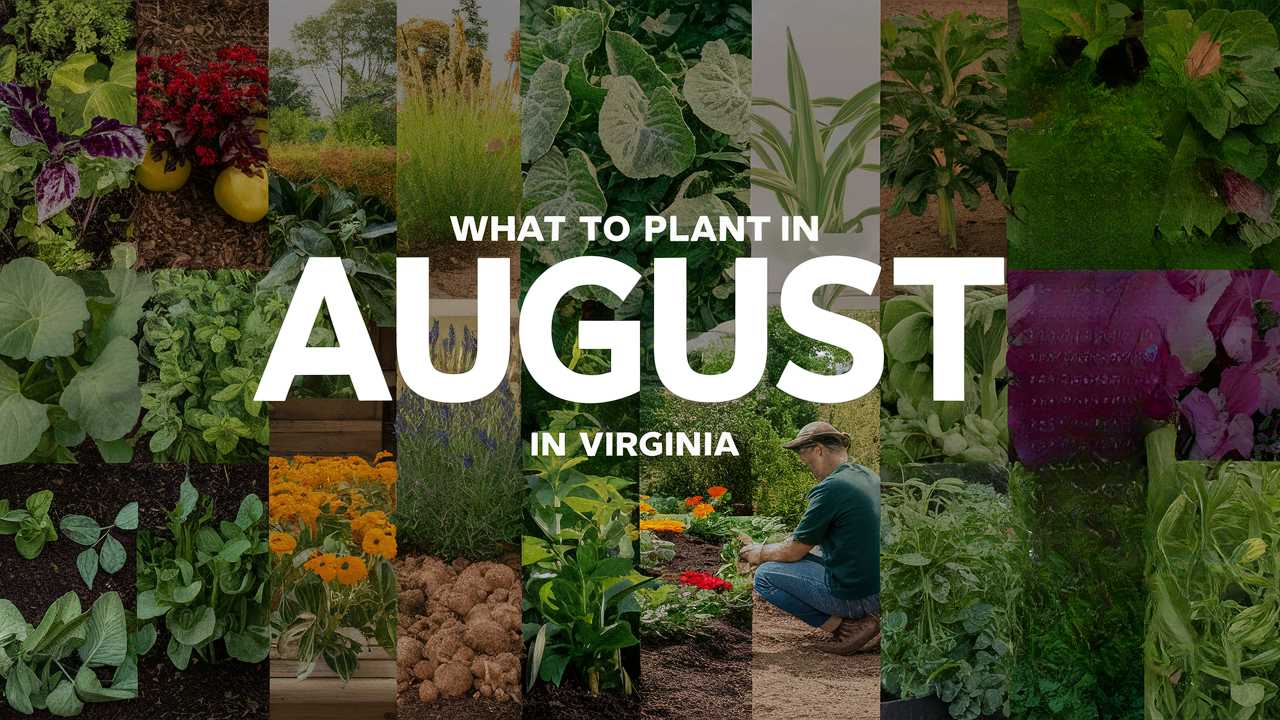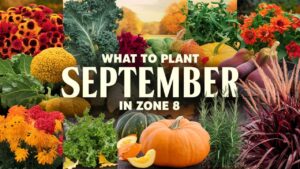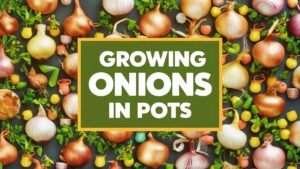This guide will walk you through the best vegetables, flowers, herbs, and landscape plants to plant in Virginia in August, complete with temperature tolerances and specific planting advice.
Vegetables To Plant
The warm soil of August in Virginia offers excellent conditions for a second round of vegetable planting, particularly for cool-season crops. Here are ten notable vegetables to consider this month.
Lettuce
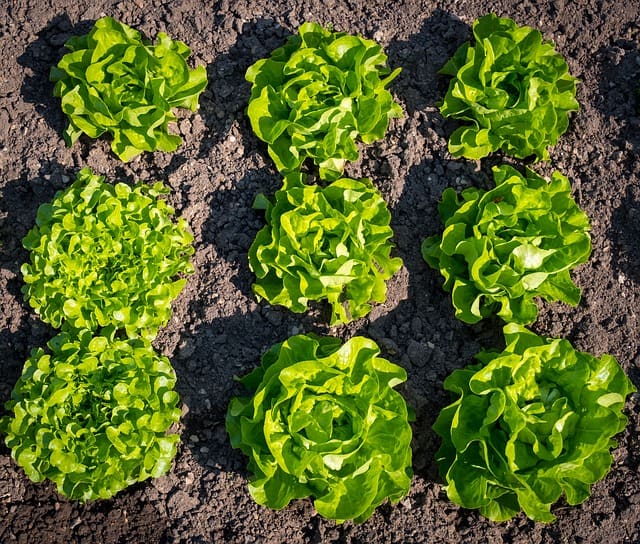
Lettuce is a cool-season crop that thrives in the temperate climate of Virginia. This fast-growing leafy green can be sown directly into the ground in early August for a fall harvest. It prefers temperatures between 45°F to 75°F, making Virginia’s late summer and early fall ideal.
When planting, ensure the soil is well-drained and rich in organic matter. Consider choosing varieties like Butterhead, Romaine, or Leaf lettuce. Expect to harvest in as little as 30 to 60 days after sowing, depending on the variety. A vital aspect of lettuce cultivation is to provide partial shade during the hottest part of late summer; a little shade can prevent bolting (premature flowering).
Spinach
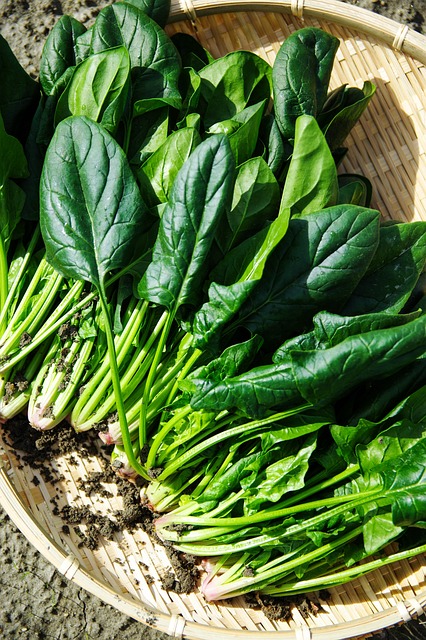
Spinach is another excellent leafy option for August planting in Virginia. It can handle the warm temperatures at the start of the month but thrives in cooler conditions that emerge heading into fall. Like lettuce, spinach prefers temperatures between 40°F and 75°F.
Sow seeds directly in the garden about ½ inch deep. Spinach typically matures in 37 to 45 days, producing leaves that are packed with nutrients. Use a row cover for extra protection if a heat wave threatens your seedlings during the early stages.
Radishes
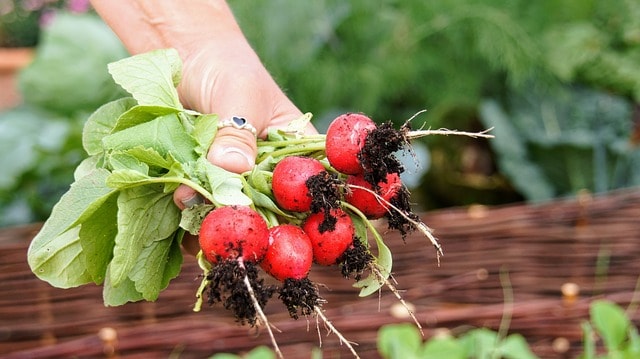
Radishes are a perfect crop for late summer planting due to their rapid growth cycle. Within just 25 to 35 days, you can enjoy a spicy harvest. They can tolerate temperatures down to 40°F, making them suitable for August sowing in Virginia.
Plant radish seeds about ½ inch deep, spacing them about an inch apart. Varieties such as Cherry Belle and French Breakfast can provide a continuous harvest through the fall, and they thrive well in well-drained soil with full sun.
Carrots
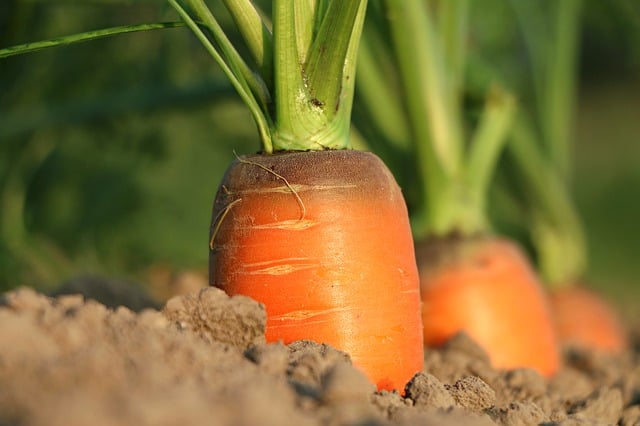
Carrots can be sown in August for a late fall harvest. They prefer cooler temperatures for optimal flavor and can be planted directly into the ground when the soil temperature reaches at least 55°F. Carrots withstand the heat of Virginia summers, making early August a favorable time to seed them for a 70-80 day harvest window.
Choose varieties suitable for your soil type—Nantes or Danvers are popular options in Virginia. Ensure the soil is deep, loose, and free of stones to promote healthy root development. Another tip is to thin seedlings regularly; this allows room for robust growth.
Broccoli
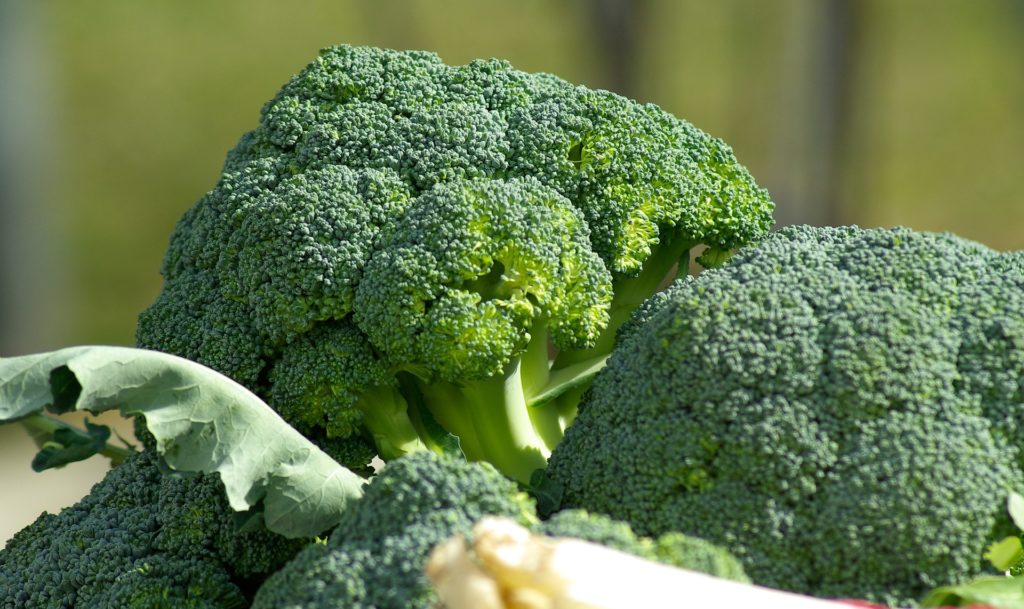
August is an excellent time to plant broccoli in Virginia. This nutrient-rich vegetable thrives in cooler weather and is resilient enough to withstand temperature dips into the 40s, ideal as nights cool down in fall.
Start seedlings indoors in July to transplant them outdoors by mid-August, or sow seeds directly in the garden towards the end of the month. Broccoli flourishes in sunny conditions with nutrient-rich soil. Expect to harvest in about 70 to 100 days.
Beets
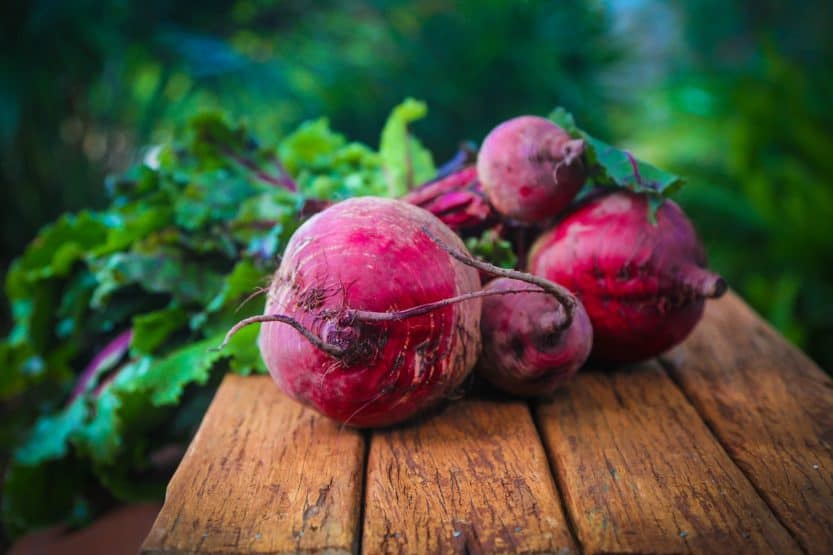
Beets are a versatile and nutritious root vegetable that can be planted in August for a fall harvest. They thrive in cooler temperatures, with ideal growing conditions between 50°F and 75°F.
Plant beet seeds about ½ inch deep, spacing them about 2 inches apart. Varieties like Chioggia or Detroit Dark Red do especially well in Virginia. With a growing window of approximately 60 days, beets also have the bonus of edible greens that can be harvested early.
Kale
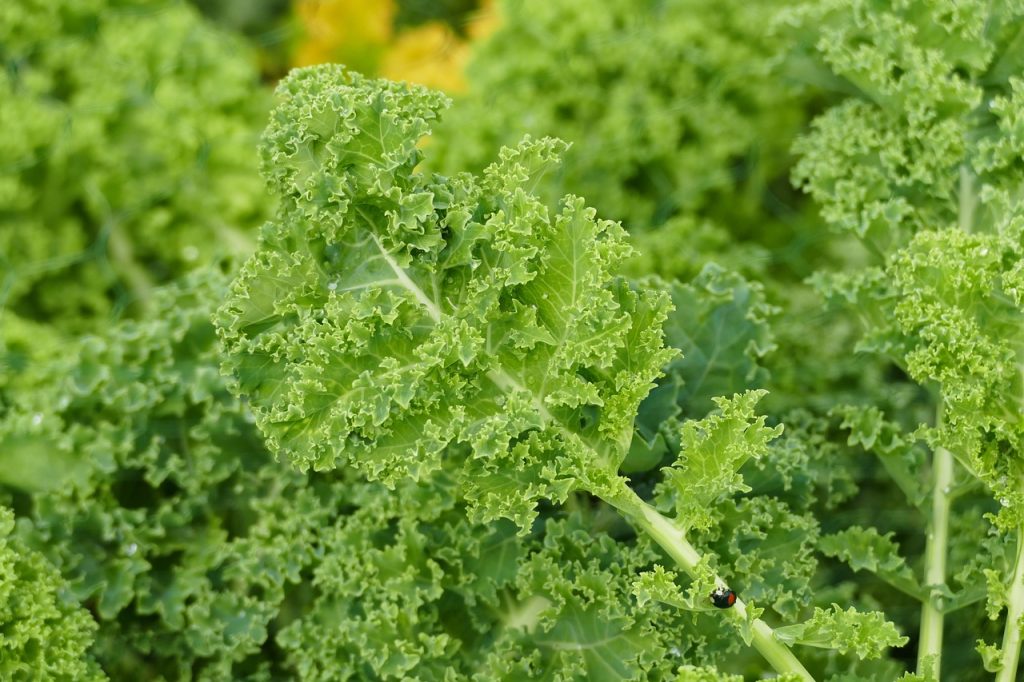
Kale, known for its hardiness and nutritional value, is perfect for August planting in Virginia. This leafy green can endure temperatures as low as 20°F, making it a frost-resistant crop that will continue to produce into the colder months.
Kale can be sown directly into the garden or started indoors for a head start. Varieties like Lacinato or Winterbor offer robust yields. Plantings should be spaced approximately 12 to 18 inches apart to allow for ample growth. Harvest leaves as needed for fresh salads.
Turnips
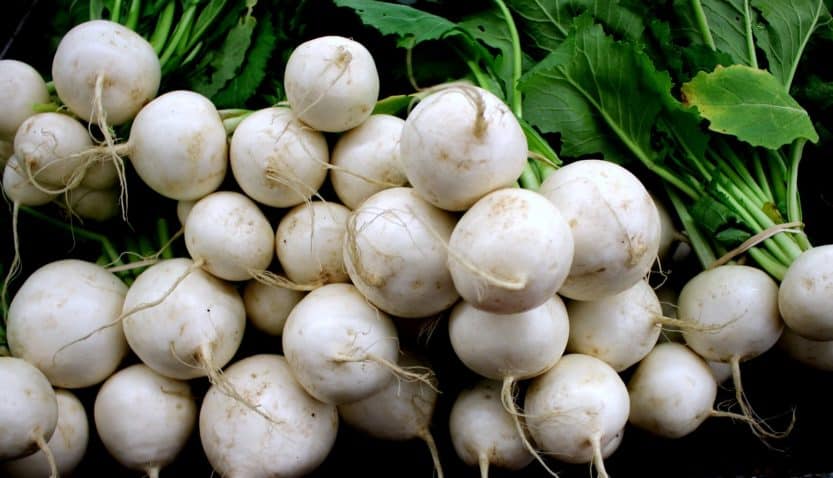
Turnips are another excellent crop for August planting in Virginia’s gardens. They thrive in temperatures between 55°F and 75°F, making them perfect for late summer.
Plant turnip seeds about ½ inch deep, spacing them out for optimal growth. Varieties like Purple Top White Globe and Hakueri are great choices. With a maturity time of about 30 to 60 days, they can provide both greens and edible roots.
Swiss Chard
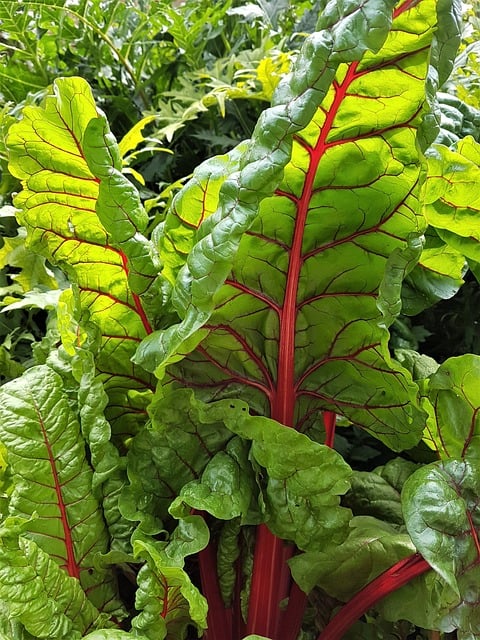
Swiss chard is popular for its colorful stems and high adaptability to varying growing conditions. August is an ideal time to plant this leafy vegetable in Virginia.
Sow seeds directly into the soil about 1 inch apart. Swiss chard tolerates light frosts, with young plants surviving temperatures down to 25°F. Harvest leaves continuously for salads and cooking over the fall months.
Cucumbers
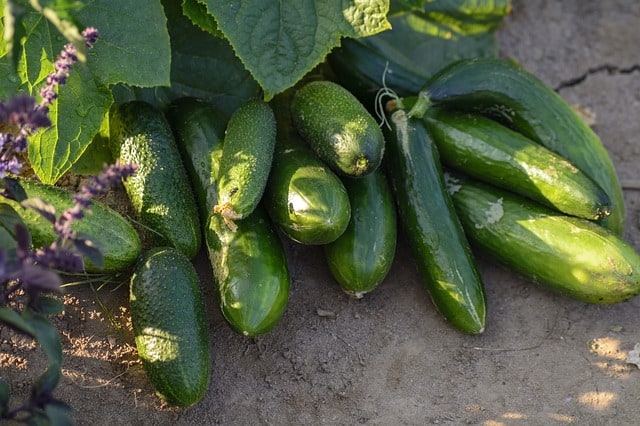
Late-season cucumbers can still thrive when planted early in August, especially if you select quick-maturing varieties. Cucumbers prefer warm weather, but keeping them watered during dry spells is essential for optimal growth.
Choose varieties like Marketmore or Boston Pickling, which will mature in under 60 days. Plant seeds or transplants approximately 1 inch deep. Ensure they have enough space to sprawl and receive full sun for the best production.
Flowers To Plant
Enhancing your garden with vibrant flowers in August can provide late summer beauty and attract pollinators, leading to a more diverse ecosystem. Here are ten flowers to consider.
Sunflowers
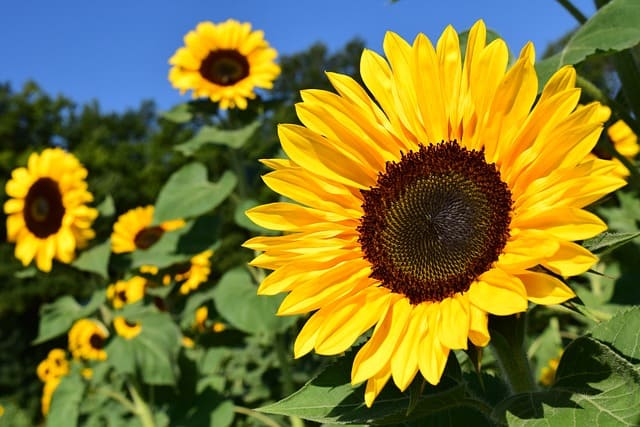
Sunflowers are a quintessential summer flower that can still be sown in early August for a magnificent fall display. They thrive in full sun and can tolerate a wide range of temperatures, preferring warm conditions for ideal growth.
Sow seeds directly in the soil about 1 inch deep, spacing them 6 inches apart. Choose tall varieties like Mammoth or branching varieties for a stunning effect that can bloom into October. Sunflowers are not only beautiful but also attract pollinators like bees and butterflies.
Zinnias
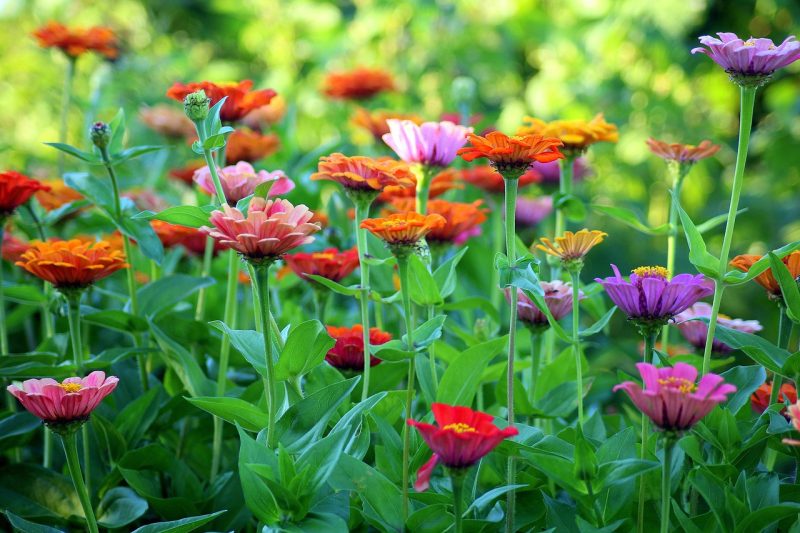
Zinnias are bright, cheerful flowers that are perfect for fall gardens. These annuals are easy to grow and can be sown in August, thriving in the warm conditions that Virginia experiences at this time.
Plant seeds directly into the garden about ¼ inch deep, in well-drained soil with full sun exposure. Varieties like ‘Cut and Come Again’ or ‘Zahara’ can produce vibrant blooms until the first frost, creating splendid borders or filling flower beds.
Pansies
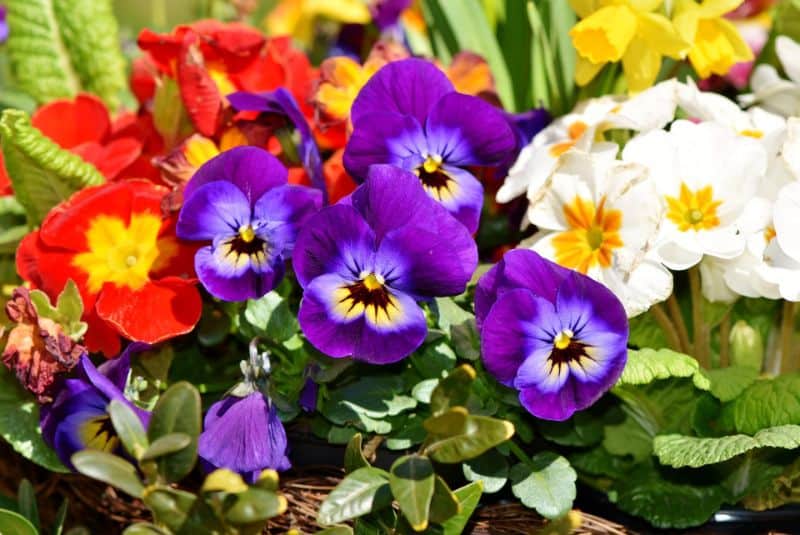
For a touch of color that can bloom well into the cooler months, pansies can be planted in late August. They prefer cooler temperatures and will thrive in the milder weather that follows Virginia’s hot summers.
While pansies are often thought of as a spring flower, starting them in late summer helps them establish their roots before the fall. Choose varieties like ‘Matrix’ or ‘Cascadia’, and plant them 6 to 12 inches apart. They enjoy well-drained soil and partial shade in the hottest part of the day.
Marigolds
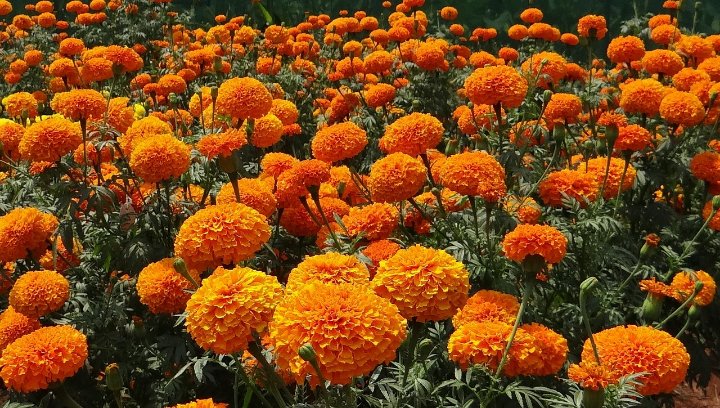
Marigolds are hardy annuals that add vibrant colors and pest-repelling properties to any garden. They can be sown in August and will flourish in Virginia’s climate, thriving in direct sun.
Sow seeds about ½ inch deep and space them according to your desired density. Varieties like French Marigolds provide great results with a growth period of about 60 days. Their cheerful blooms can deter aphids and nematodes, making them an excellent companion plant.
Coneflowers (Echinacea)
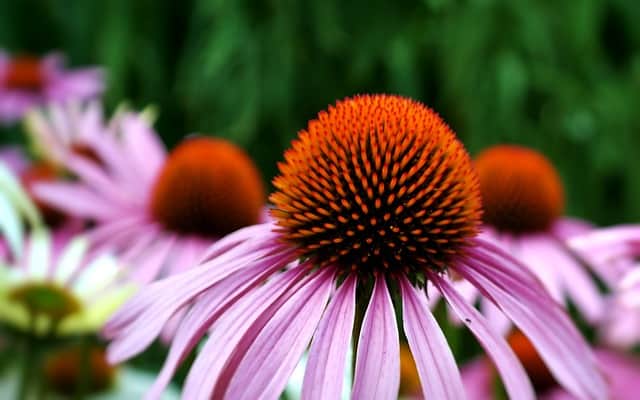
Coneflowers are perennial plants that can be sown in late August as seeds for beautiful blooms that attract butterflies. They are native to North America and thrive in various growing conditions.
Plant seeds about ¼ inch deep in full sun, ensuring they have well-drained soil. Coneflowers can tolerate drought and are quite resilient, thriving once established. Varieties such as Echinacea purpurea or ‘Pow Wow’ bloom in late summer to fall, making them a great addition to any garden.
Asters
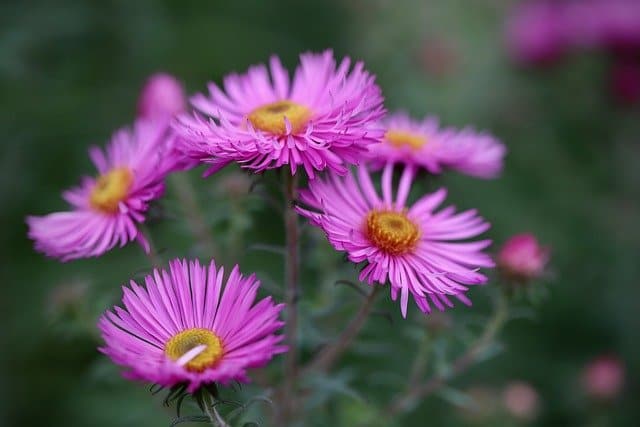
Asters are known for their star-shaped blooms that can last through the fall. As a late-summer flower, they are perfect for planting in August. Asters thrive in cooler temperatures and are relatively easy to grow.
Plant seeds about ¼ inch deep, spacing them according to variety. Varieties like New England or Chinese aster can provide a burst of color well into October. Asters prefer partial shade with moist, well-drained soil.
Snapdragons
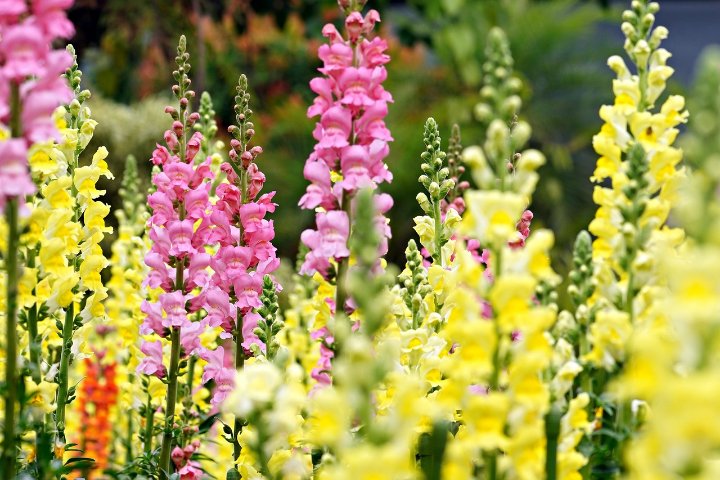
Snapdragons can be planted in late summer for stunning fall blooms. These charming flowers thrive in cooler weather and enjoy full sun, which makes early August a suitable time for sowing.
Plant seeds about ¼ inch deep and space them about 12 inches apart once they germinate. Choose varieties like ‘Tall Mixed’ or ‘Rocket’ for maximum height and color contrast. Snapdragons are resilient and will continue to bloom until frost.
Cosmos
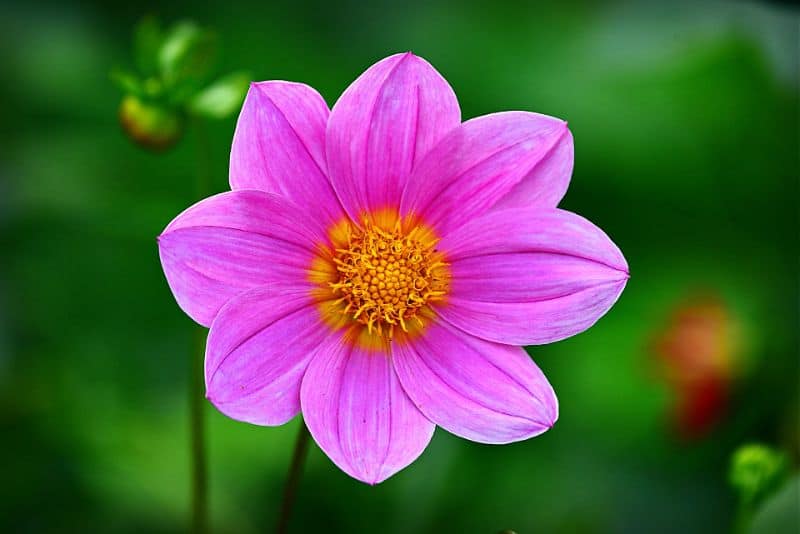
Cosmos are easy-to-grow annuals that provide an explosion of color to your garden. They can be planted from seed in August and quickly establish to offer blooms until the frost.
Plant them in well-drained soil about ¼ inch deep, spacing them 12 inches apart for adequate airflow. Varieties like ‘Sensation’ or ‘Sonic’ can thrive in sunny conditions, creating lovely bouquets for cutting.
Ornamental Kale and Cabbage
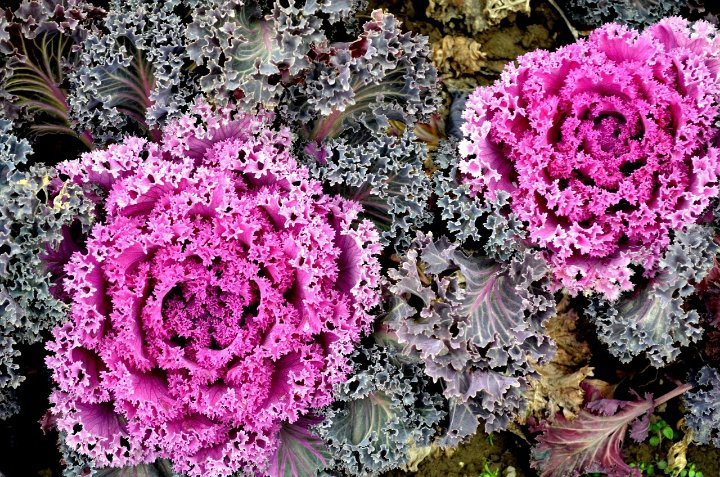
For gardeners seeking unique fall aesthetics, ornamental kale and cabbage can be planted now for vibrant displays. These plants can endure chilly weather and add splashes of color as temperatures plummet.
Sow directly in well-prepared soil, spacing them about 12 inches apart, where they will reach their full height by fall. They can withstand frost and bring a bold look to outdoor arrangements into winter.
Black-eyed Susans
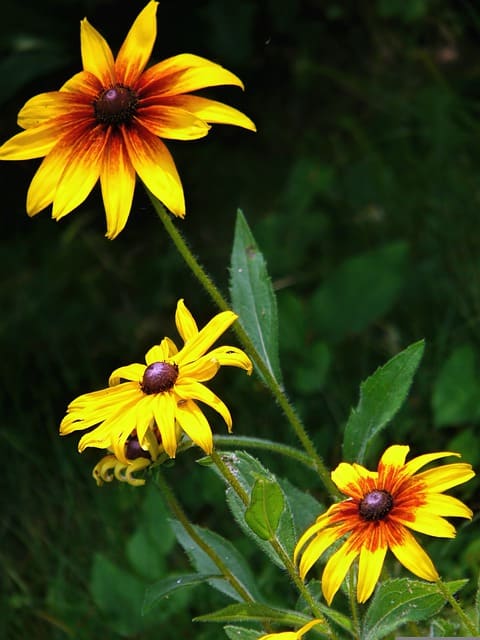
Black-eyed Susans are a resilient perennial flower that can be seeded in August to flourish for many seasons. They can handle Virginia’s temperature fluctuations well, thriving in full sun.
Plant seeds about ¼ inch deep, leaving room between them for air circulation. Varieties such as Rudbeckia hirta typically bloom from summer into fall, producing stunning yellow flowers with dark centers that attract various pollinators.
Herbs To Plant
August is a fantastic time to plant herbs in Virginia gardens, as these flavorful plants appreciate the warm soil and can often survive through cooler seasons. Here are ten herbs to sow this month.
Basil
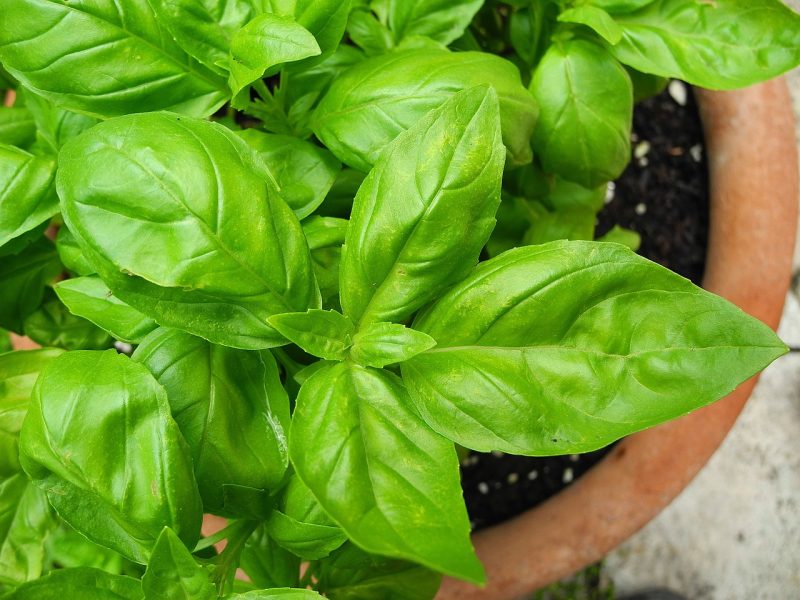
Basil is a popular annual herb that can be planted in August to enjoy a late summer harvest. It thrives in warm temperatures, with optimal growing conditions between 70°F and 85°F.
Sow seeds directly about ¼ inch deep in rich, well-drained soil. Varieties like Genovese or Thai basil can thrive and will typically mature in about 30 to 60 days. Continually pinching off flower buds helps the plant produce more leaves throughout the growing season.
Cilantro
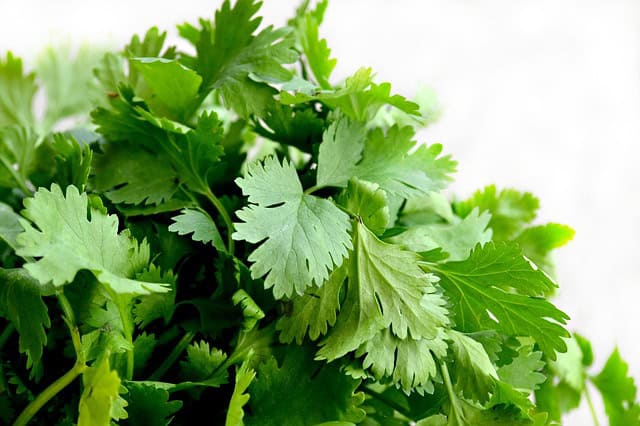
Cilantro can be successfully sown in August, making it a perfect herb for those who enjoy fresh flavors. This cool-weather herb can tolerate brief periods of heat but prefers milder temperatures ranging between 50°F and 80°F.
Plant seeds about ½ inch apart for proper spacing. Cilantro can be harvested when the leaves are young and tender, which typically happens within 3 to 4 weeks after planting. Consider multiple plantings to ensure a continuous supply.
Dill
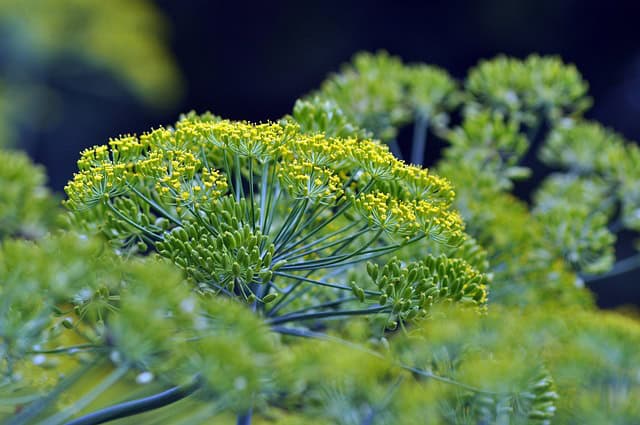
Dill is an easy-going annual herb that can still be planted in August for flavor-packed fall dishes. It thrives in well-drained soil and prefers sunny exposure.
Plant dill seeds about ½ inch deep and 10 inches apart. Expect germination to occur within a week. This herb can grow tall, so ensure placement in a space where it won’t overshadow smaller plants. Dill’s fronds can be harvested from about 40 to 60 days after sowing.
Chives
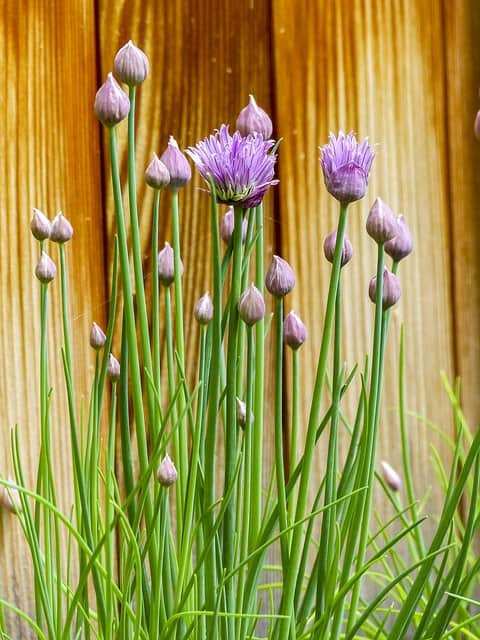
Chives are a perennial herb that can be planted in August in Virginia with great success. They are hardy and can tolerate cold temperatures as low as 20°F.
Plant seeds or divisions in well-drained soil, spacing them about 12 inches apart. They thrive in full sun but can tolerate light shade. Chives can be harvested as soon as they reach about 6 inches tall, providing green garnishes and flavor for various culinary dishes.
Thyme
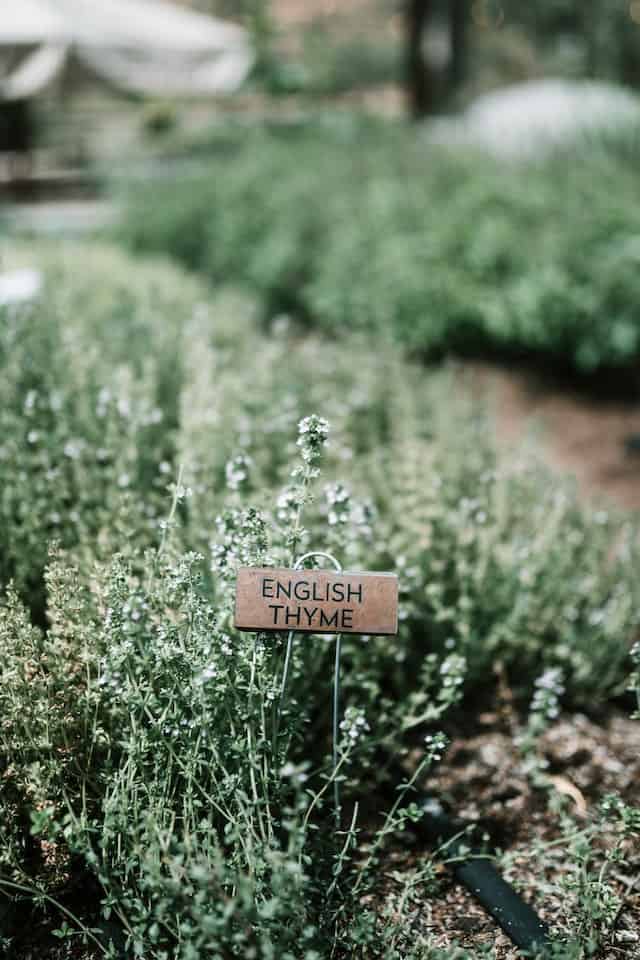
Thyme can be seeded or split in August; it’s an excellent herb that grows well in Virginia’s climate. This perennial herb is hardy and can withstand frost, making it suitable for planting this time of year.
Plant thyme seedlings in well-drained soil at a depth of about ¼ inch, spacing them approximately 12 inches apart. Varieties like English thyme or creeping thyme are popular choices. Thyme adds flavor to dishes and can continue producing well into the fall.
Oregano
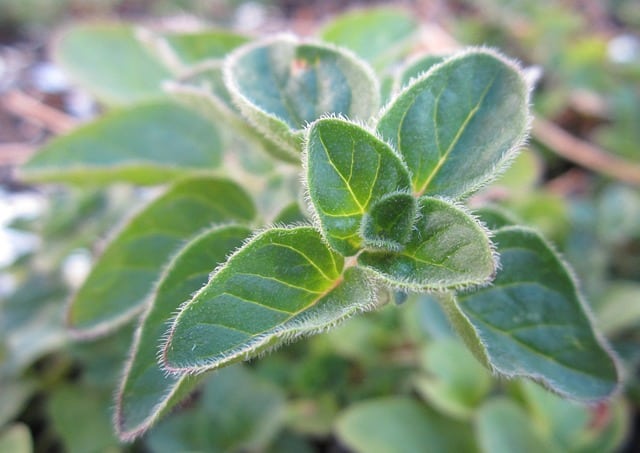
Oregano is a culinary favorite that can be planted in August, ready to fill the garden with aromatic scents. This perennial herb is drought-tolerant and thrives in warm conditions.
Sow seeds directly into well-drained soil about ¼ inch deep, spacing them appropriately to allow for growth. Varieties like Greek or Italian oregano can withstand colder temperatures, making them great for fall cooking. Harvest leaves as needed, with mature plants offering a flavor punch for your dishes.
Parsley
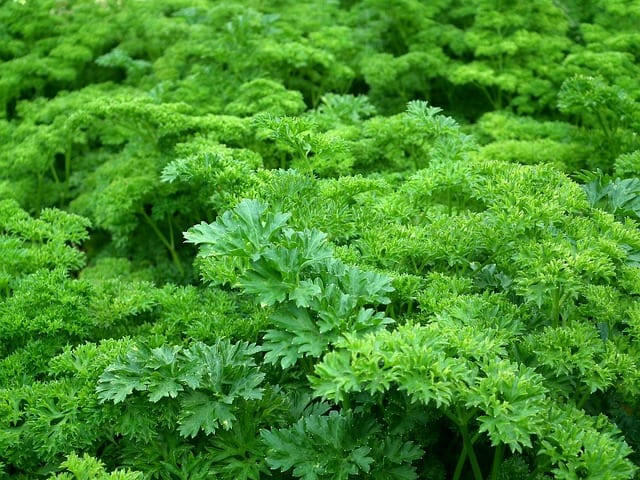
Parsley can be sown in August, making it a versatile herb for late summer planting. This biennial prefers cooler soil temperatures but will grow well into the fall.
Directly sow seeds about ½ inch deep, keeping in mind space for growth. Curly and flat-leaf varieties are both suitable. Harvest parsley leaves as desired, with the leaves becoming more flavorful with cooler weather.
Fennel
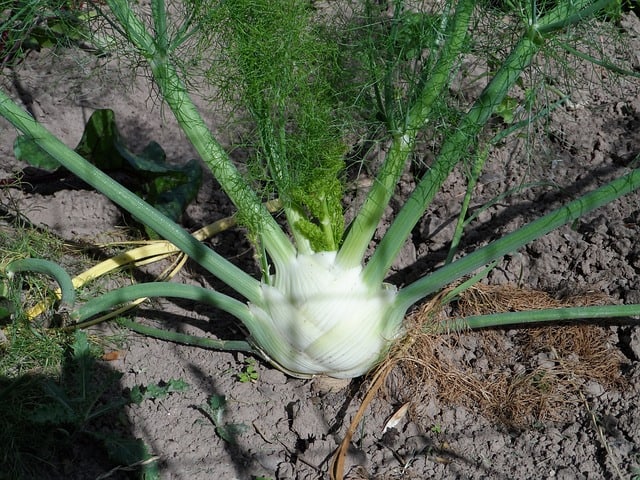
Fennel is an interesting and flavorful herb that can add depth to fall dishes. It prefers temperatures between 60°F and 70°F and can bolt in high heat, so August is a great time to plant.
Sow seeds ½ inch deep, with adequate spacing for growth. Varieties include Florence fennel for bulb formation or common fennel for herbal uses. Harvest when bulbs are firm and can be used in various recipes.
Mint
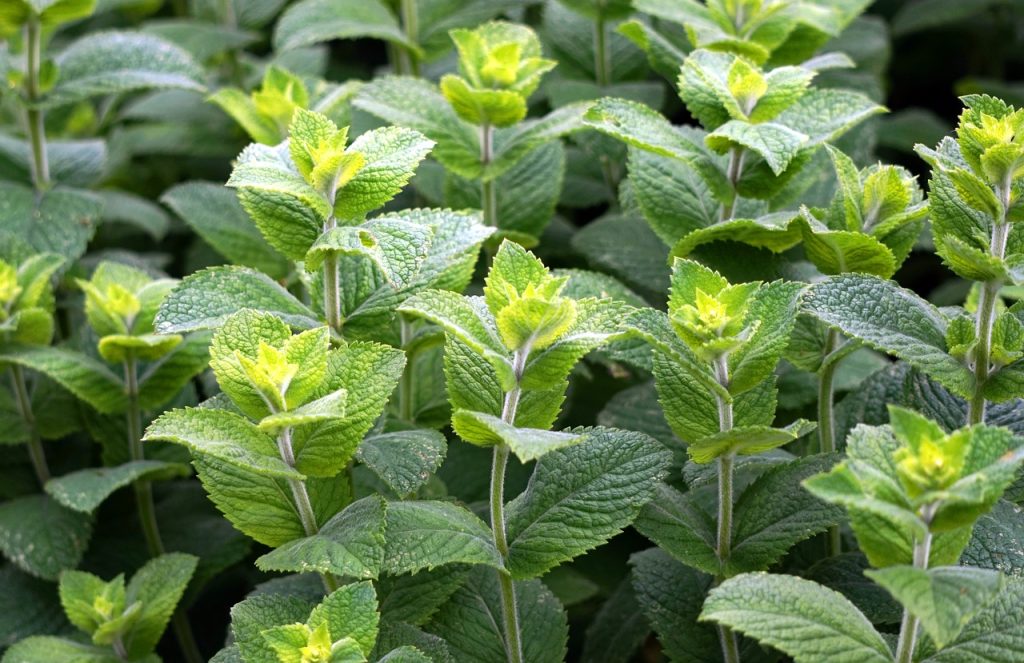
Mint is a resilient perennial herb that can be easily planted in August and is known to spread quickly. It thrives in rich soil and can take over spaces if not contained.
Sow mint seeds about ¼ inch deep in moist soil. Given its vigorous growth, consider planting in containers to control its spread. Varieties like peppermint and spearmint offer unique flavors and can be harvested anytime.
Sage
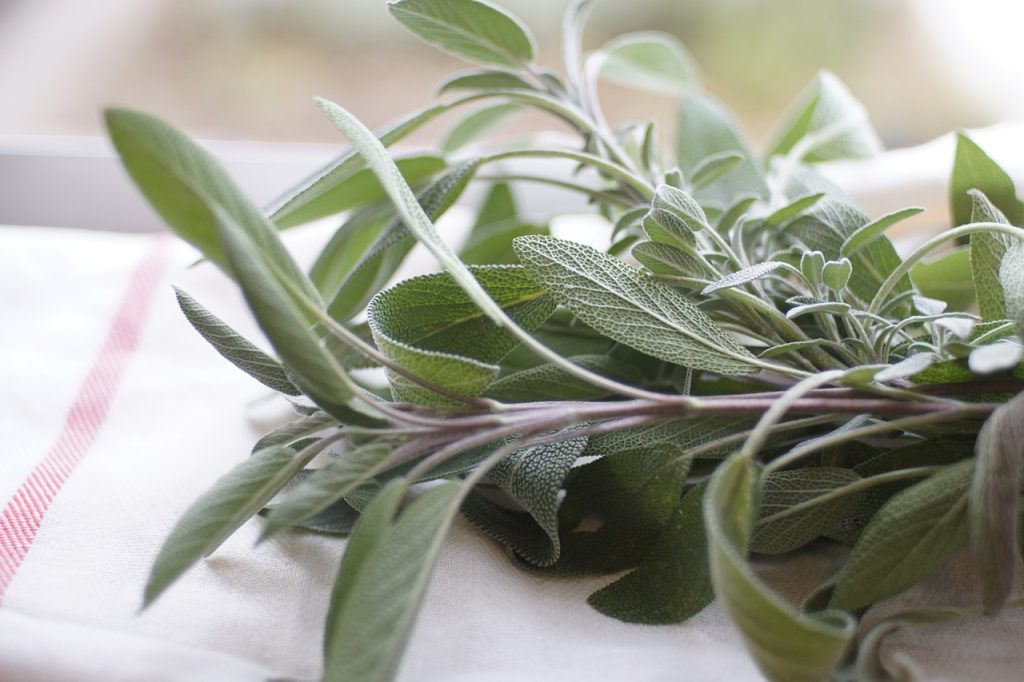
Sage is a Mediterranean herb that thrives in the temperate climate of Virginia. Planting in August allows this perennial to establish before colder temperatures arrive.
Sow seeds about ½ inch deep, ensuring they have spacious growth as they mature. Common sage or purple sage are popular varieties. Sage can survive lower temperatures and can be harvested when the leaves are a good size, enhancing your culinary creations through the fall.
Landscape Plants To Plant
August is also a great month for planting perennial landscape plants that can thrive in the cooler months ahead. These hardy plants can offer lasting beauty and attract wildlife. Here are ten landscape plants to consider.
Ailurus (Tiger Lily)
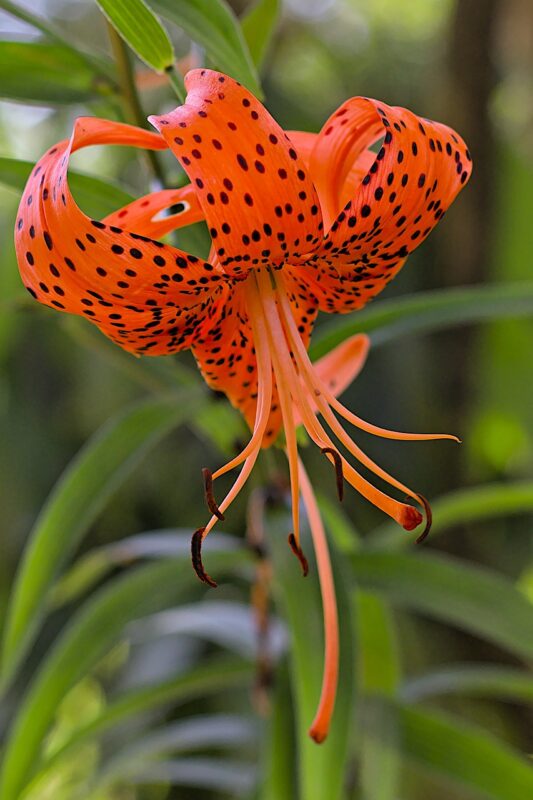
This perennial flower can be planted in August and is a resilient option for Virginia gardens. Tiger lilies prefer well-drained, moist soil and will thrive in full sun.
Plant bulbs about 6 inches deep for healthy roots, spaced adequately for future expansion. They are a hardy option that can survive winter, providing vibrant blooms from late spring to summer.
Sedum
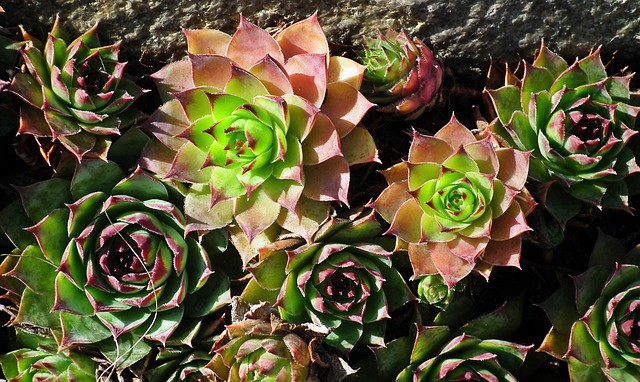
Sedum, or stonecrop, is a drought-tolerant succulent that can be added to Virginia gardens in August. It thrives in well-drained conditions, enjoying full sun.
Sow seeds or transplants 1 inch apart, and they will root down quickly in the warm soil. Varieties such as ‘Autumn Joy’ produce beautiful pink flower clusters and can carry into the fall, attracting pollinators.
Hellebore
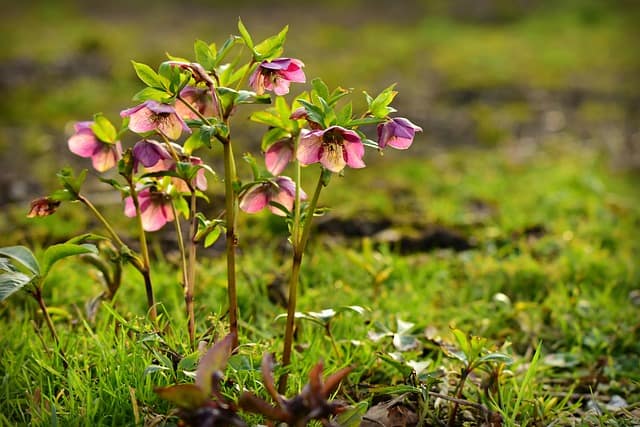
For those looking to add winter interest, planting Hellebore in August can help ensure stunning blooms before the harshest weather hits. They flourish in partial to full shade and can handle Virginia’s cooler temperatures.
Plant at a depth of about 2 inches in well-drained soil. Hellebore excels in woodland environments and can bring beauty to shaded areas, with flowers appearing as early as late winter.
Japanese Anemone
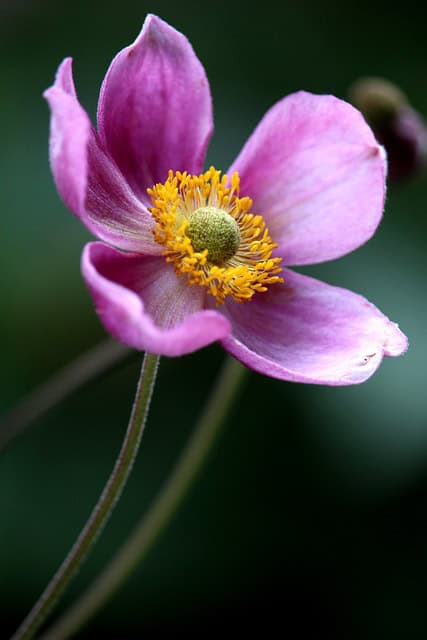
This perennial plant brings interest to gardens in late summer and early fall. Japanese Anemone has a preference for partial to full shade and moderately moist soil.
Plant them about 1 inch deep, spacing each plant appropriately. Once established, they can provide lovely white or pink flowers throughout the fall, complementing your garden structure nicely.
Ornamental Grasses
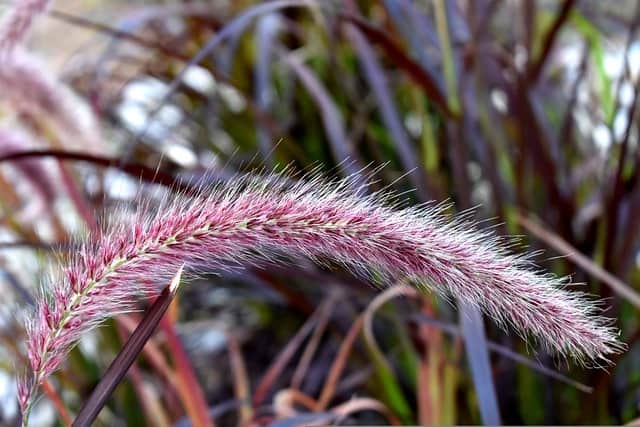
Late August is a suitable time to plant ornamental grasses like Miscanthus or Panicum. These hardy grasses add texture and movement to gardens while thriving in various sunlight conditions.
Sow or transplant in well-drained soil, ensuring ample space between each plant. Ornamental grasses can flourish in both sunny and partially shaded areas, and they bring seasonal interest to the garden as they wave in the breeze.
Coreopsis
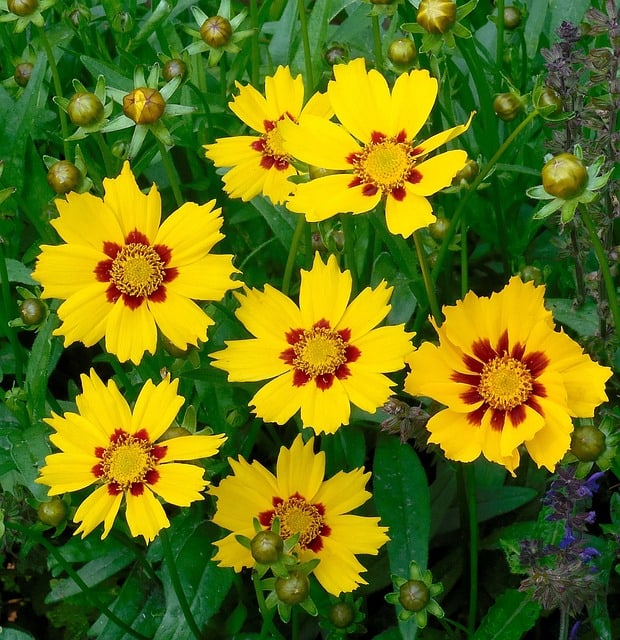
Coreopsis are vibrant perennial flowers that can be sown in August for late-season blooms. They do well in full sun and require well-drained soil for prime growth.
Sow seeds about ¼ inch deep and spaced around 12 inches apart. Varieties like ‘Moonbeam’ or ‘Tickseed’ can bloom into the fall and attract birds and pollinators, bringing both color and wildlife to your landscape.
Phlox
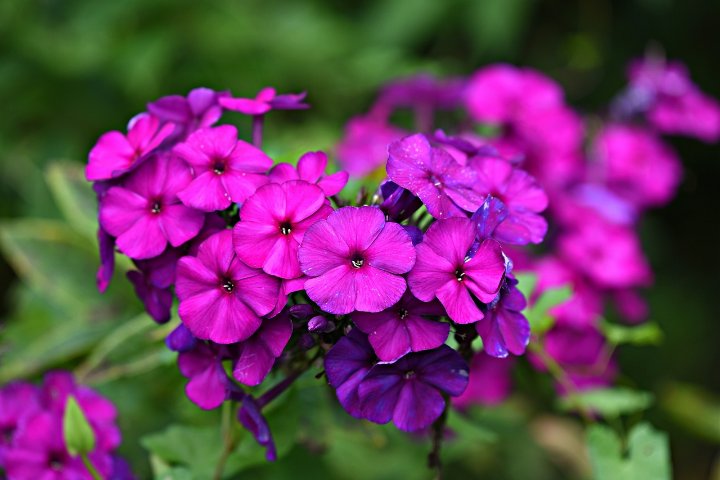
Phlox can be planted in August for an influx of bright colors in late summer and early fall gardens. They thrive in full sun or partial shade, enjoying moist, well-drained soil.
Plant them about 12 inches apart, allowing for airflow and preventing fungal issues. Varieties range from groundcovers to tall perennials, providing flexibility in garden design.
Daylilies
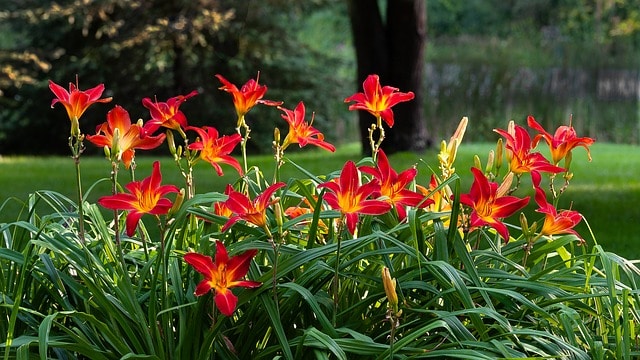
Daylilies are hardy perennials that can be planted in August. Known for their resilience and beauty, they can survive cooler temperature swings and require minimal maintenance once established.
Plant divisions 12 to 24 inches apart; they prefer sunny spots with well-drained soil. Daylilies bloom in vibrant colors during late summer and are an excellent choice for low-maintenance landscapes.
Bee Balm
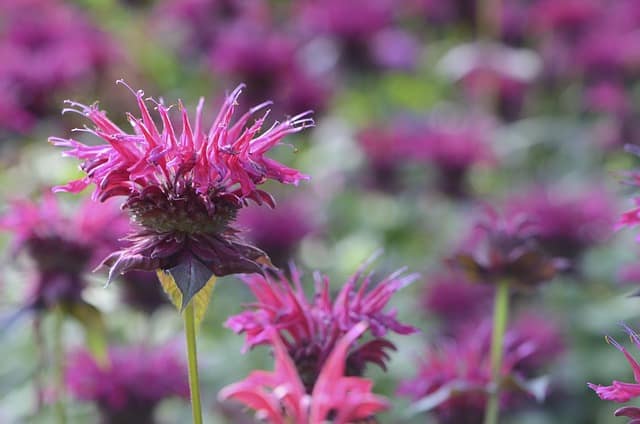
Bee balm is a perennial flower that attracts pollinators and is resilient in Virginia gardens. Planting this herbaceous perennial in August allows it to establish roots before winter.
Space them about 12 to 18 inches apart and ensure they receive full sun to partial shade in rich, well-drained soil. Expect vibrant red, pink, or purple blooms from the summer to early fall.
Lavender
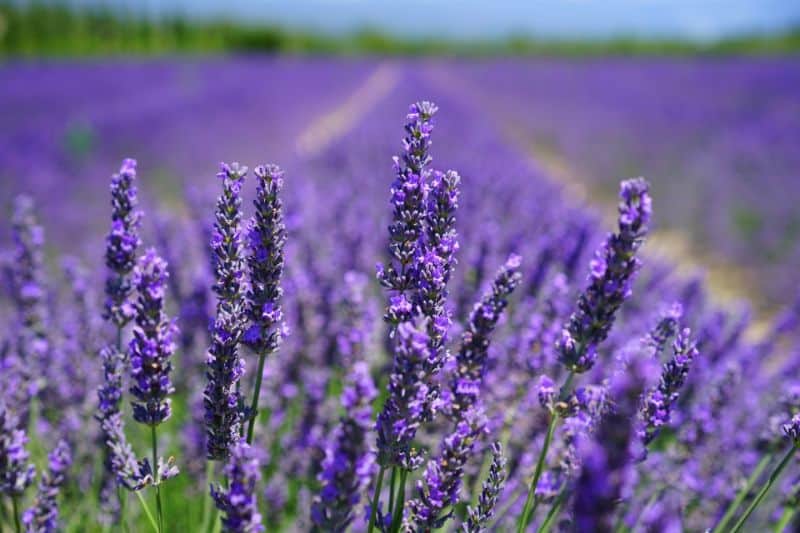
Lavender is a hardy perennial that can be planted in August for aromatic flowers and foliage. They thrive in hot, sunny areas and prefer well-drained, sandy soils.
Sow or transplant lavender about 12 to 18 inches apart. Varieties such as English or French lavender will flourish, providing both aesthetic and functional benefits, as lavender is known for its scent and attracts pollinators.


